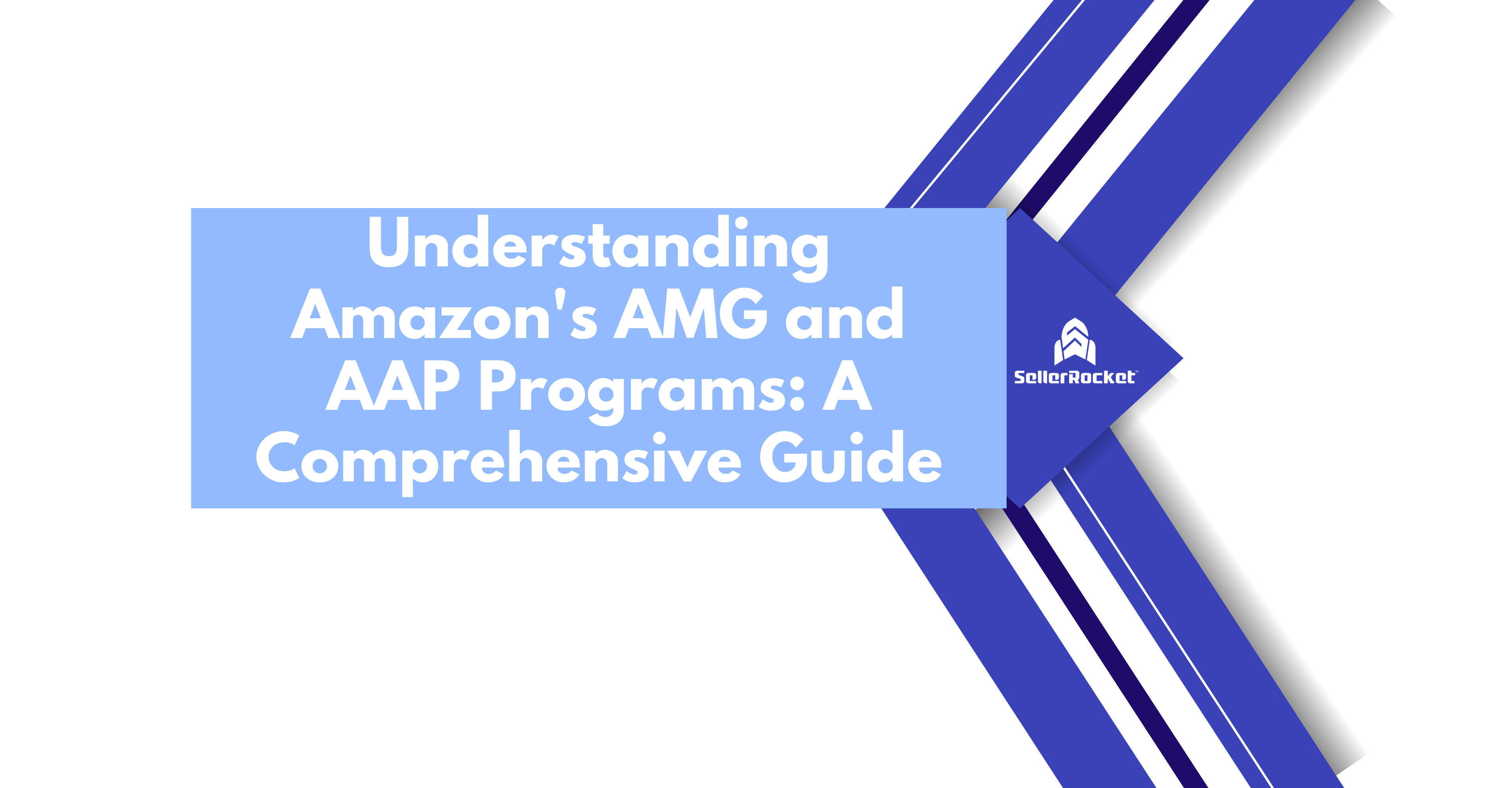
As Amazon’s advertising ecosystem continues to expand, brands looking to tap into its wealth of consumer data are presented with an array of ad options. Amazon’s first-party data gives it a competitive edge over other digital ad platforms like Google and Facebook by offering direct insights into customer purchasing behavior. This data allows advertisers to target shoppers at every stage of the buying process with precision. Among Amazon’s suite of advertising tools, two of the most prominent are Amazon Media Group (AMG) and the Amazon Advertising Platform (AAP). Understanding how these programs work—and how they differ—can help brands maximize their ad spend and improve campaign performance.
In this guide, we’ll break down what AMG and AAP are, how they operate, and how brands can use these tools to craft winning strategies on and off Amazon.
Contents
Amazon Media Group (AMG) is Amazon’s full-service advertising solution, offering a highly curated and managed experience for brands. AMG works closely with advertisers to plan, execute, and optimize ad campaigns across Amazon’s properties. This includes not only the core Amazon marketplace but also other Amazon-owned platforms like IMDb and Kindle.
Here’s what AMG offers brands:
One of the major benefits of AMG is its hands-on management, where Amazon’s experts take the reins on campaign strategy and execution. For brands looking to launch large-scale, high-budget campaigns, this can be an ideal solution. However, AMG’s premium services come with significant costs, which may not suit smaller businesses or those with limited budgets.
The Amazon Advertising Platform (AAP) is Amazon’s programmatic advertising tool, allowing brands to reach consumers beyond Amazon.com. With AAP, advertisers can target audiences across various third-party websites and apps using Amazon’s robust first-party data.
AAP campaigns are particularly valuable for brands aiming to drive brand awareness and engage with customers earlier in the buying cycle. Unlike Amazon’s pay-per-click (PPC) search ads, AAP uses a cost-per-impression (CPM) model, meaning brands are charged based on the number of ad impressions, regardless of clicks. This makes it an effective tool for driving visibility, particularly in upper-funnel marketing efforts.
Some key features of AAP include:
One of AAP’s most powerful features is its ability to leverage Amazon’s first-party data to build detailed audience segments. This data provides deep insights into shopper behaviors, allowing brands to create highly tailored campaigns based on purchasing intent, lifestyle, and browsing patterns.
Key audience targeting options available through AAP include:
These audience segmentation options allow for granular targeting, making it easier for brands to reach potential customers at different stages of the buying journey.
While AMG and AAP are both valuable tools within Amazon’s advertising ecosystem, they serve different purposes and cater to different stages of the marketing funnel.
In short, AMG is more aligned with capturing immediate conversions, while AAP excels in broader brand-building efforts.
For brands deciding between AMG and AAP, budget will be a significant factor. AMG’s managed services often come with higher costs due to the personalized nature of its ad placements and the hands-on involvement of Amazon’s team. It’s a great option for brands with substantial advertising budgets and a need for comprehensive campaign management.
AAP, on the other hand, offers more flexibility. While it requires a higher budget than Amazon’s search-based PPC campaigns, it also gives brands greater control and scalability. The self-service option allows brands to fine-tune their targeting and ad placements according to their specific needs, making it an attractive option for businesses looking to expand their reach without fully outsourcing their campaign management.
Understanding the differences between Amazon Media Group (AMG) and the Amazon Advertising Platform (AAP) is crucial for any brand looking to tap into Amazon’s advertising potential. Both platforms offer unique benefits that align with different stages of the customer journey, and choosing the right one depends on your brand’s objectives, budget, and target audience.
For brands focused on driving conversions and reaching customers actively shopping on Amazon, AMG provides a powerful set of tools. For those aiming to build awareness and target audiences across the web, AAP’s programmatic capabilities offer a broad-reaching solution.
By leveraging the strengths of both AMG and AAP, brands can create comprehensive advertising strategies that engage consumers at every touchpoint of the purchase funnel.
© 2025 SellerRocket TM . All Rights Reserved.
Get our latest updates directly to your inbox.
Only the best in eCommerce and affiliate news, tips and tricks.
